Koala Conservation in NSW: Landowner Bushfire Management Tactics
VerifiedAdded on 2023/04/08
|12
|417
|488
Report
AI Summary
This report examines recent strategies adopted by landowners in New South Wales to protect diminishing Koala populations from bushfires. It introduces conservation biology and the Koala Conservation Strategy, highlighting the impact of man-made issues and natural disasters on Koala habitats. The report identifies research gaps concerning the role of conservation decision-makers in controlling species loss and protecting Koalas from natural disasters. It outlines the aims of Koala Conservation Strategies, including addressing habitat destruction from agricultural development and logging, and reaching target audiences through environmental impact assessments. Furthermore, the report discusses the aims of the South Australian Koala Conservation and Management Strategy, focusing on safeguarding Koalas from threats like bushfires and enhancing social, economic, and educational benefits. References to relevant studies and publications support the analysis and findings.
1 out of 12
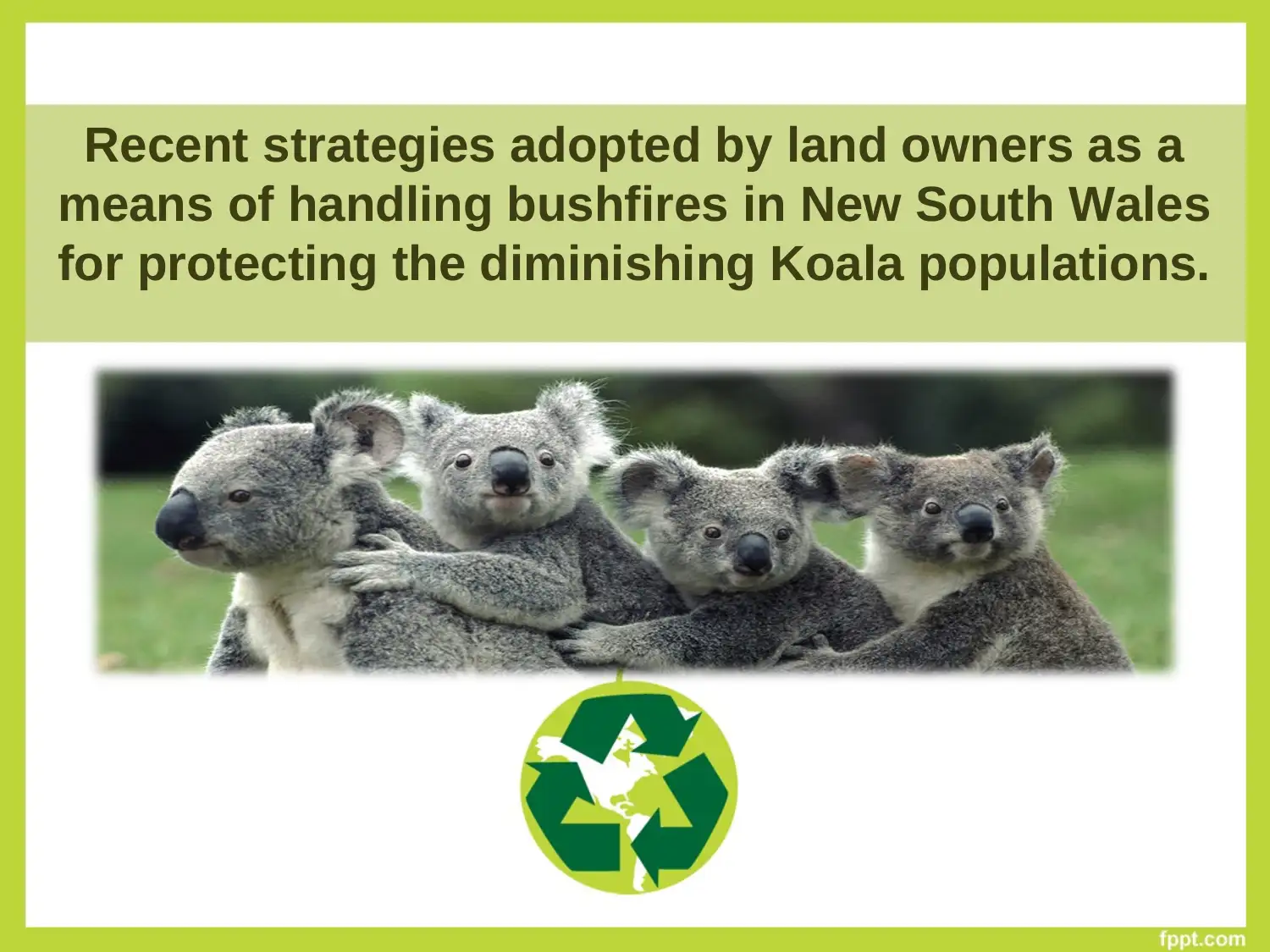
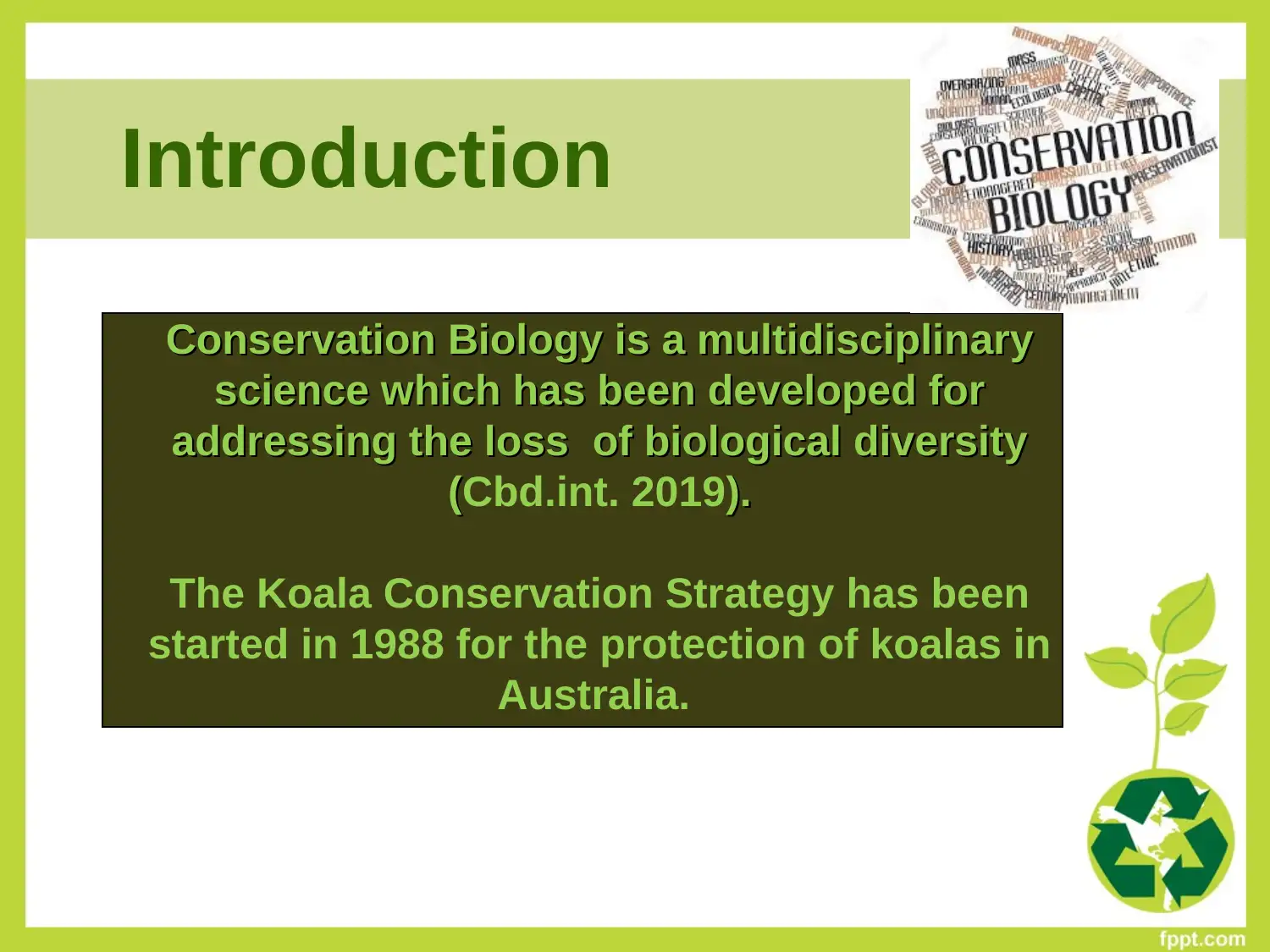
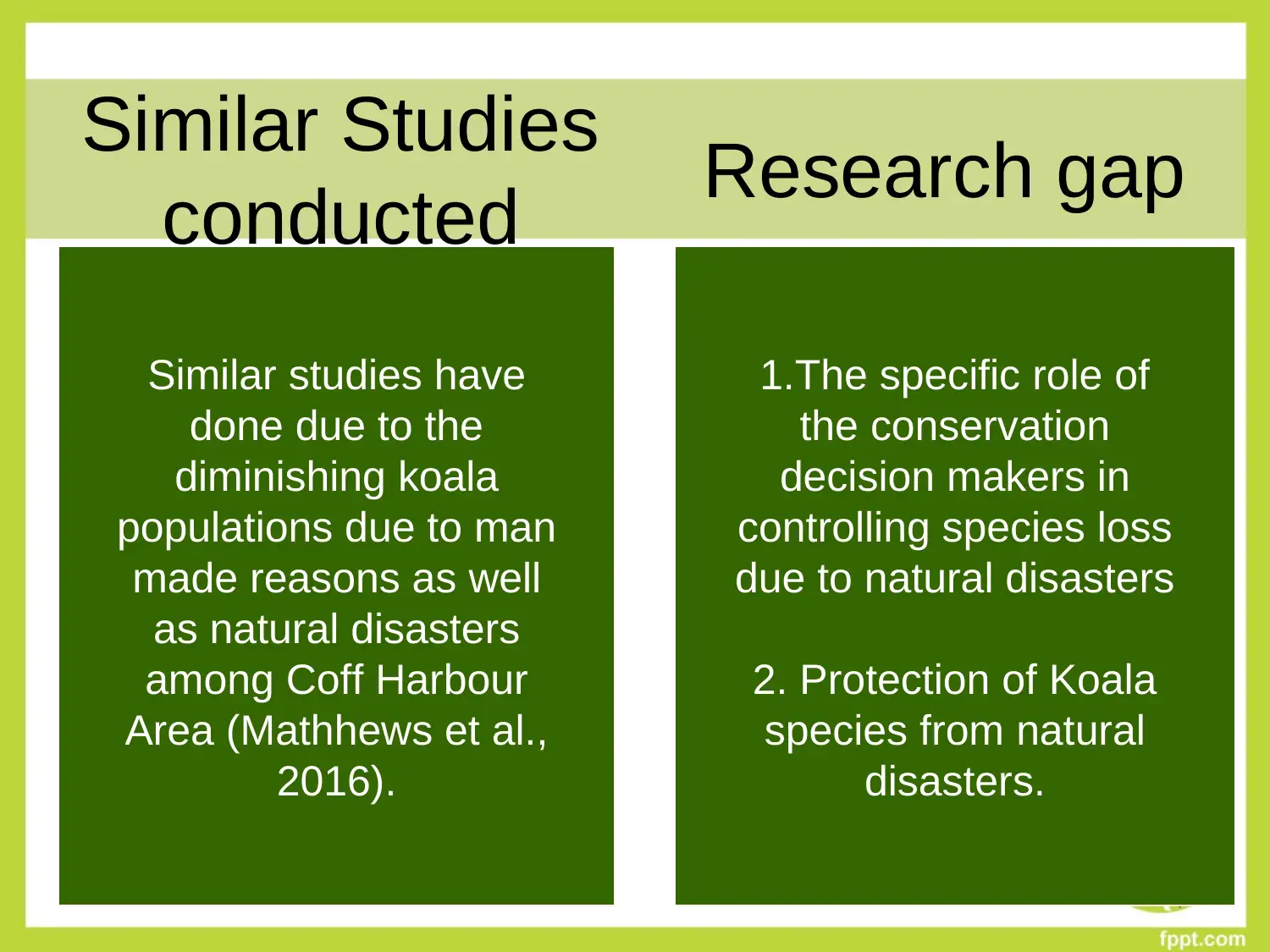

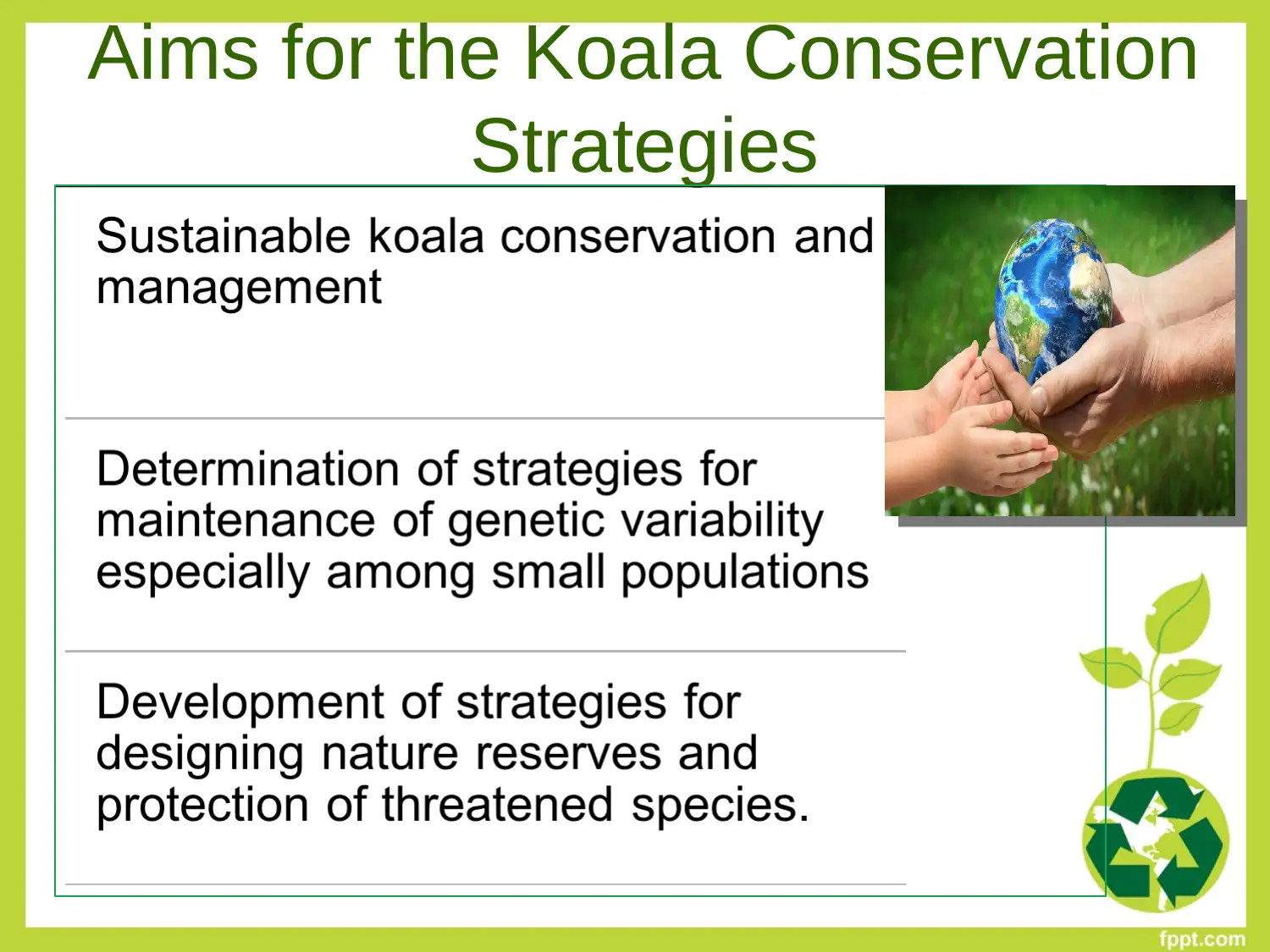
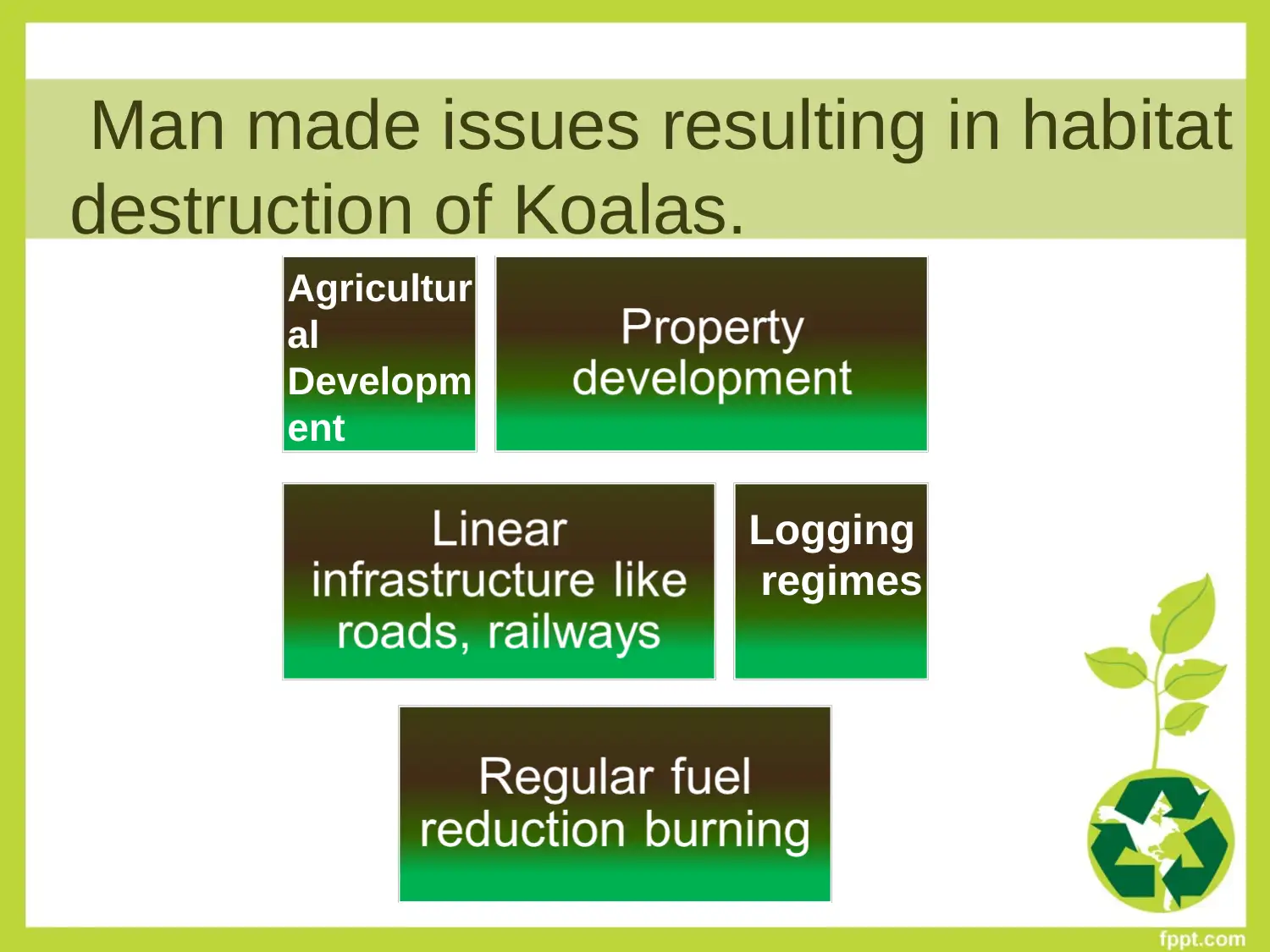
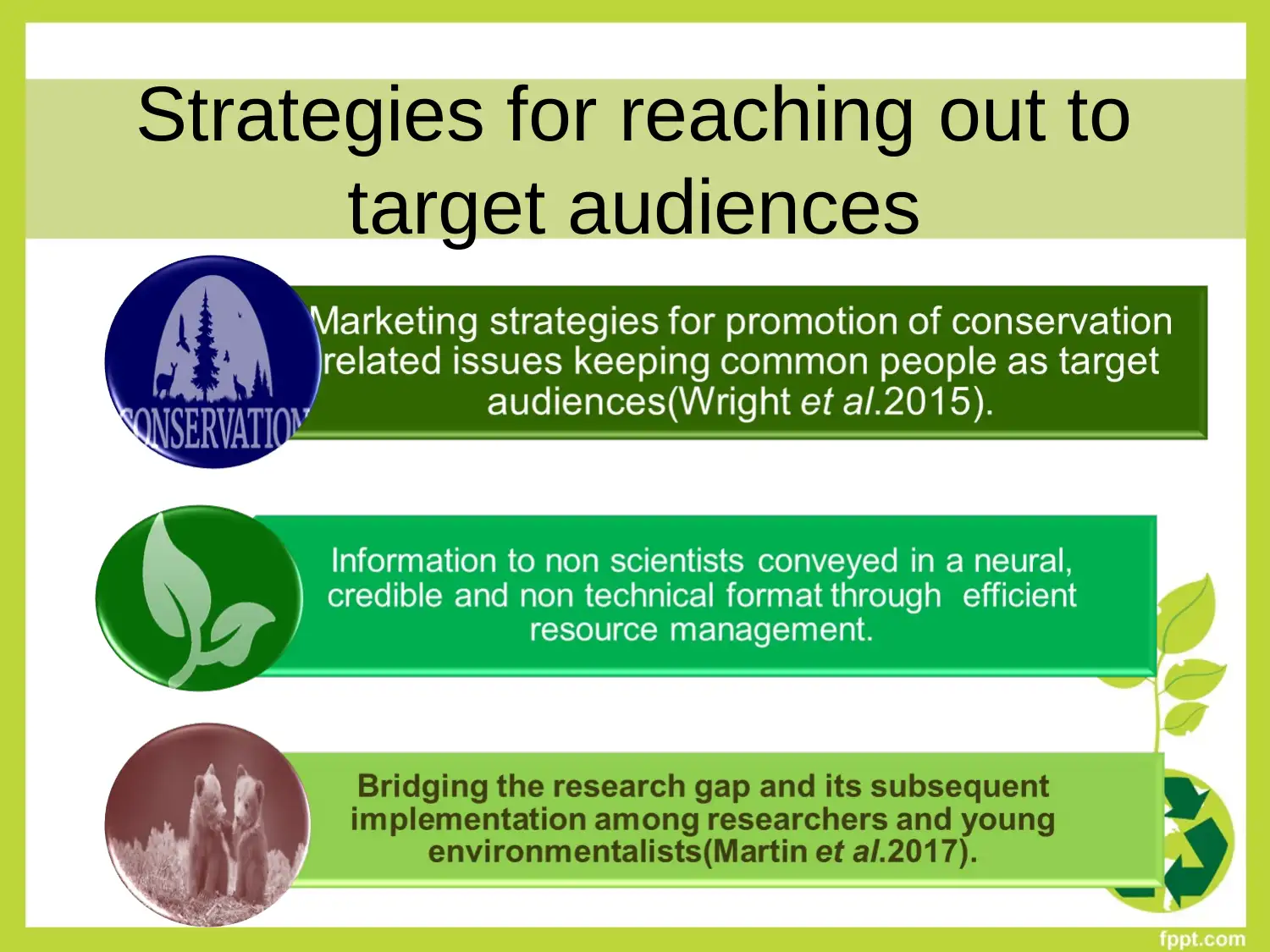
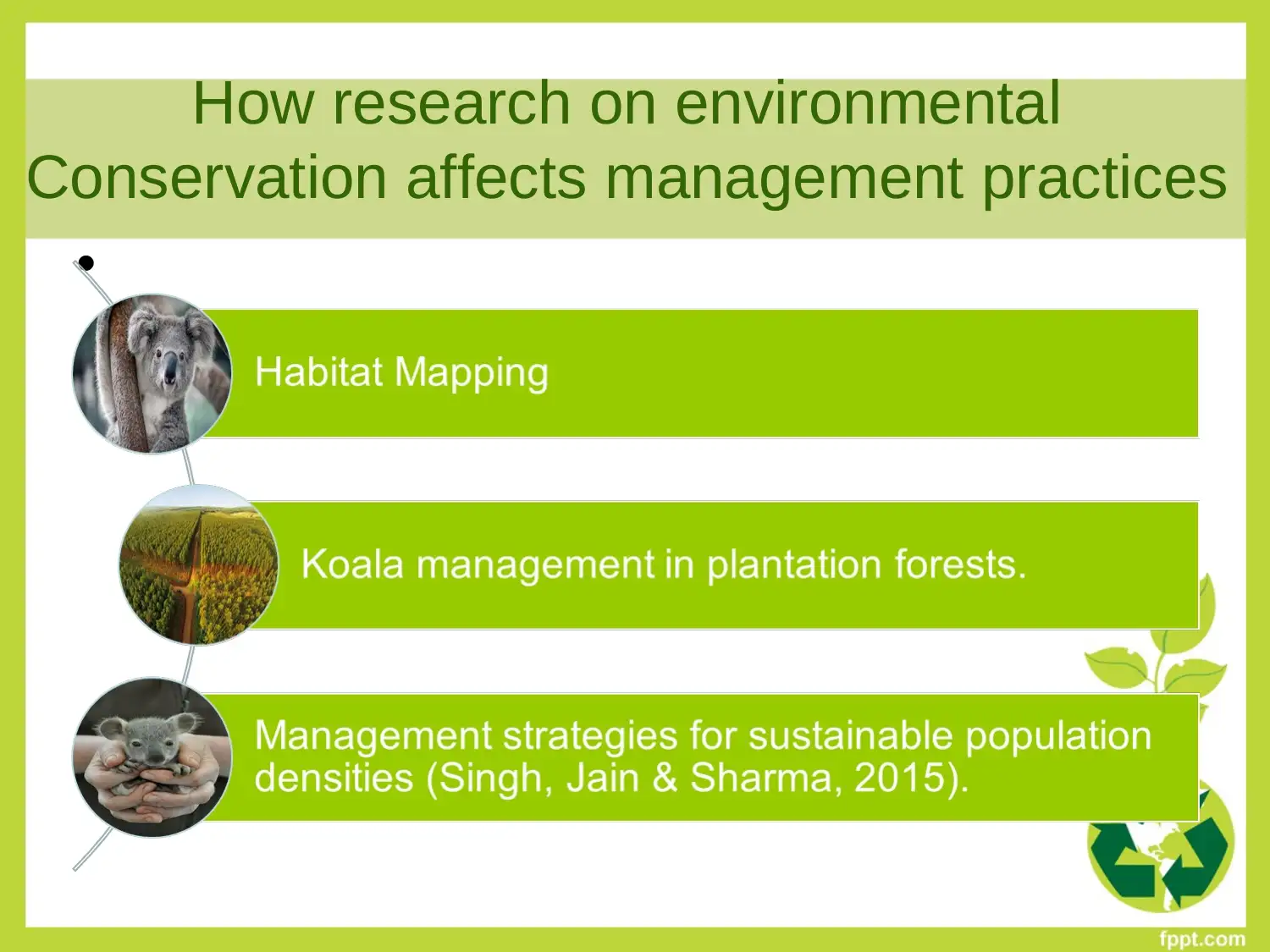
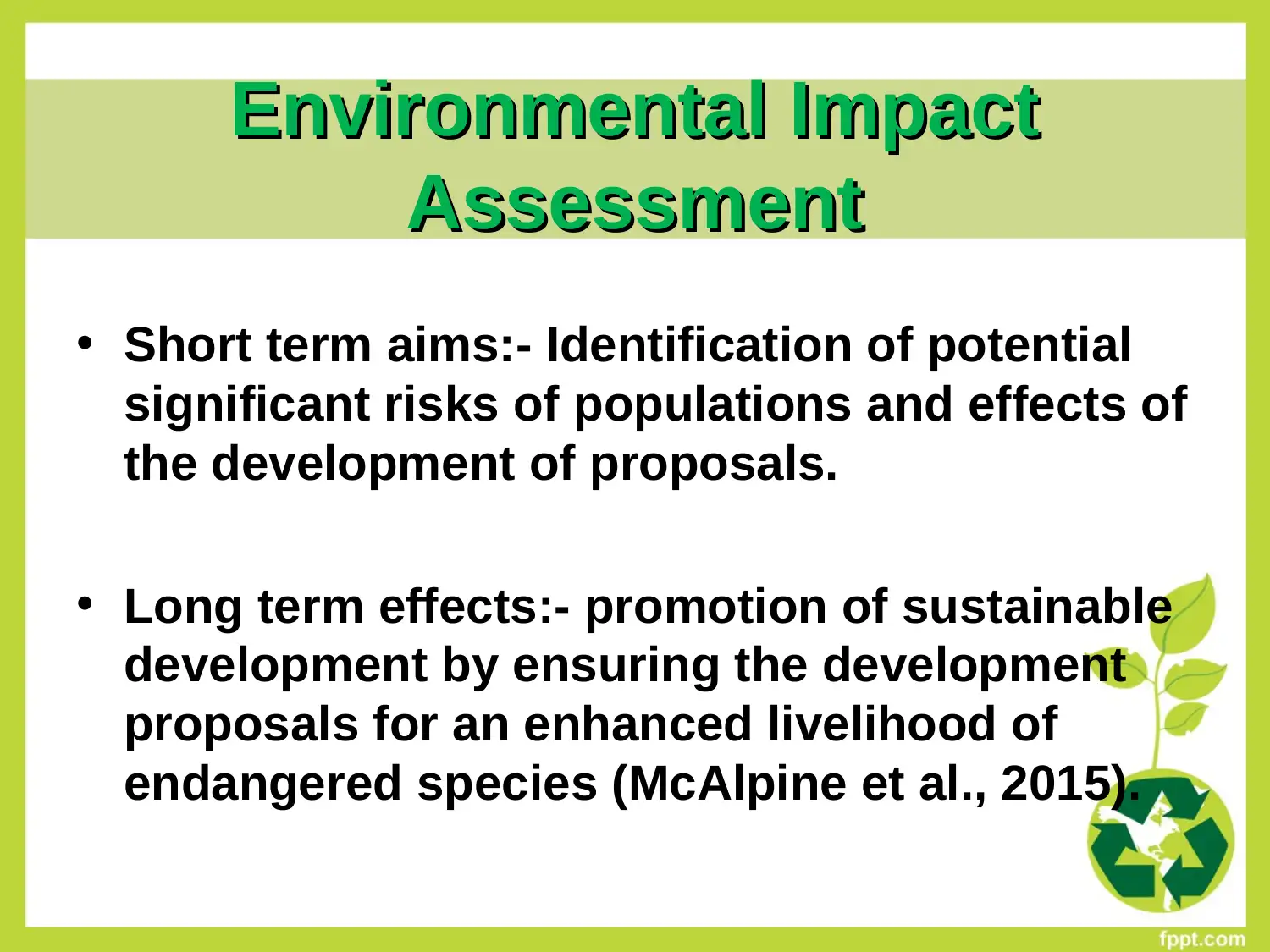
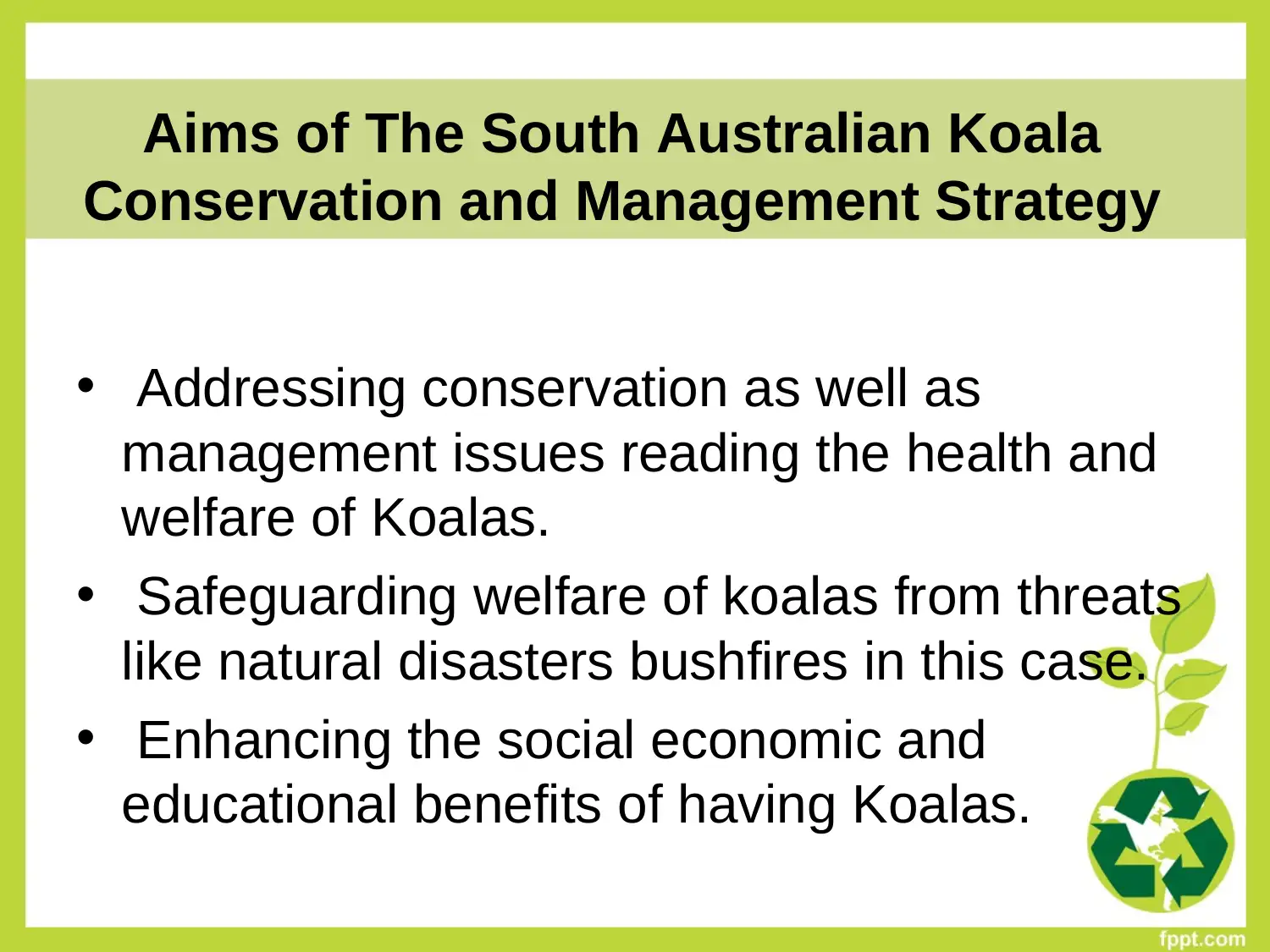
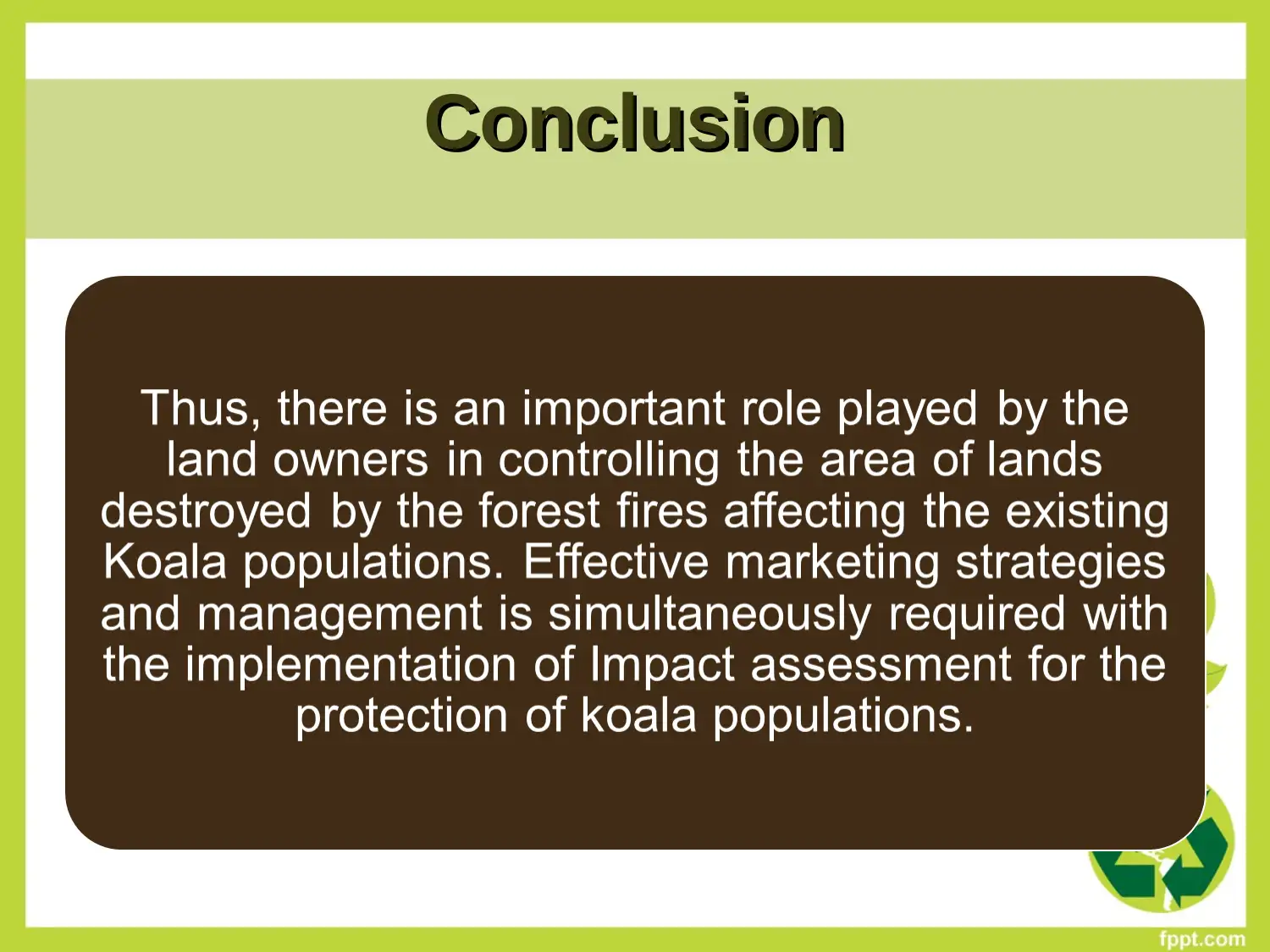
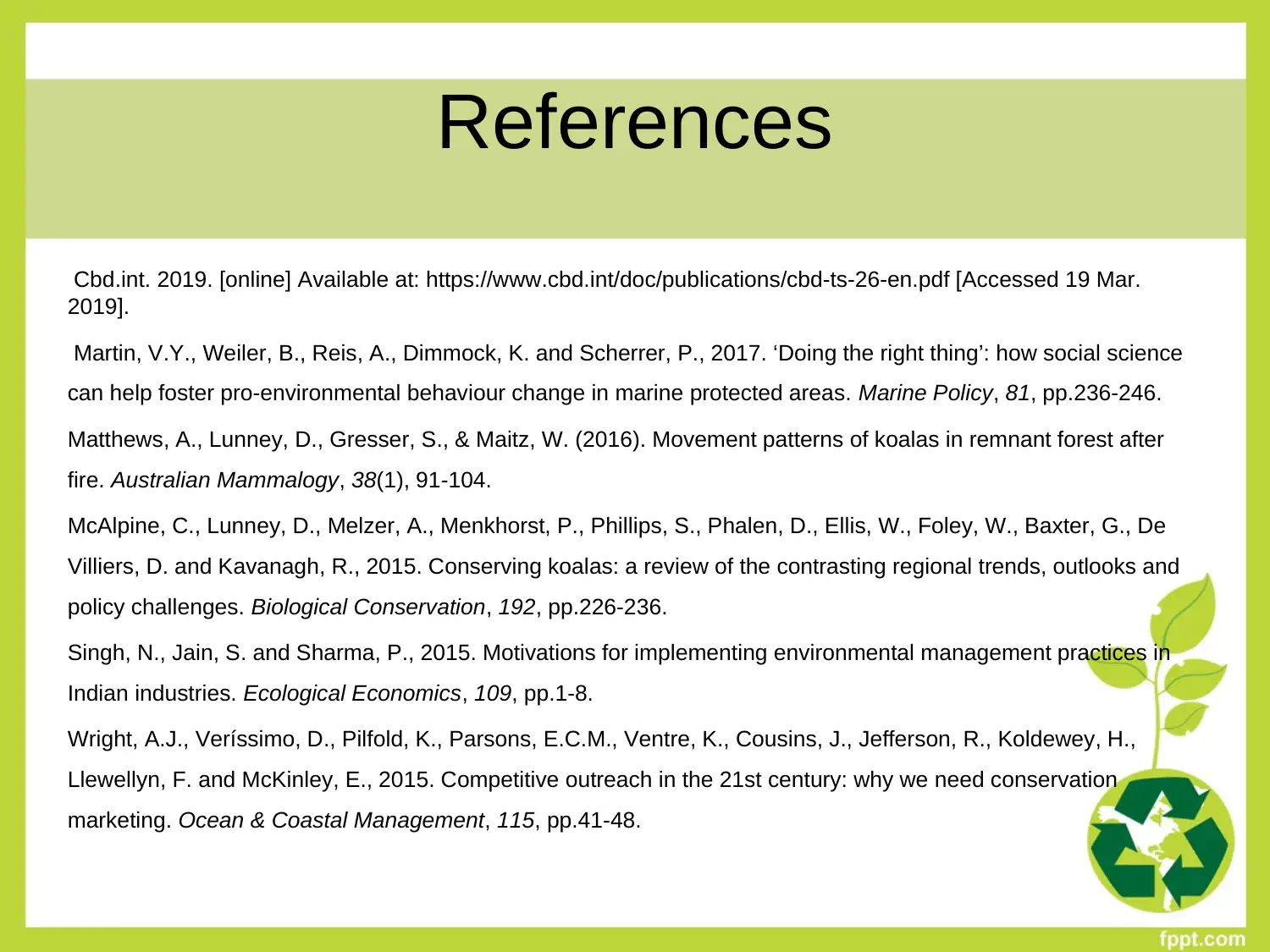
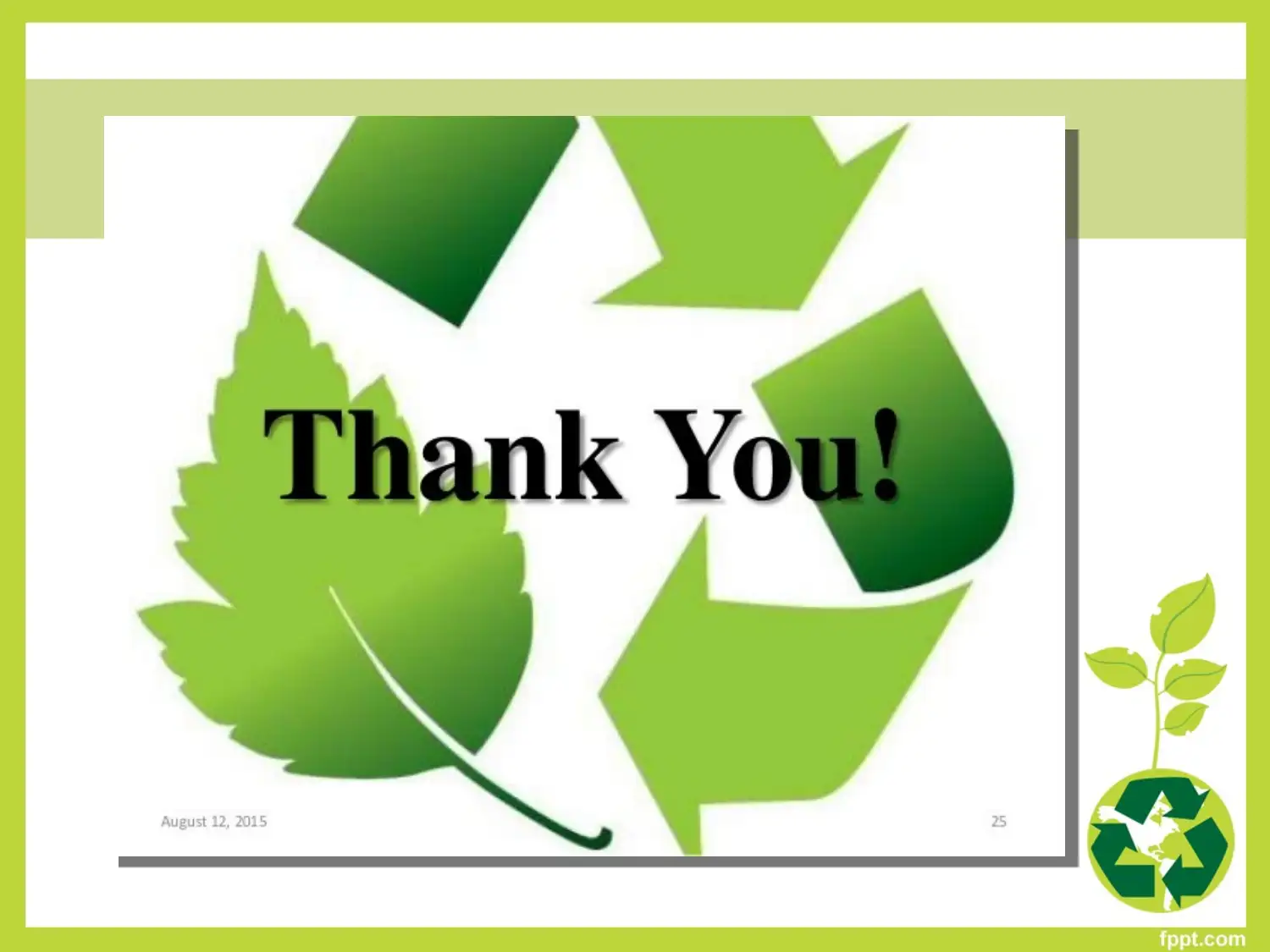


![[object Object]](/_next/static/media/star-bottom.7253800d.svg)